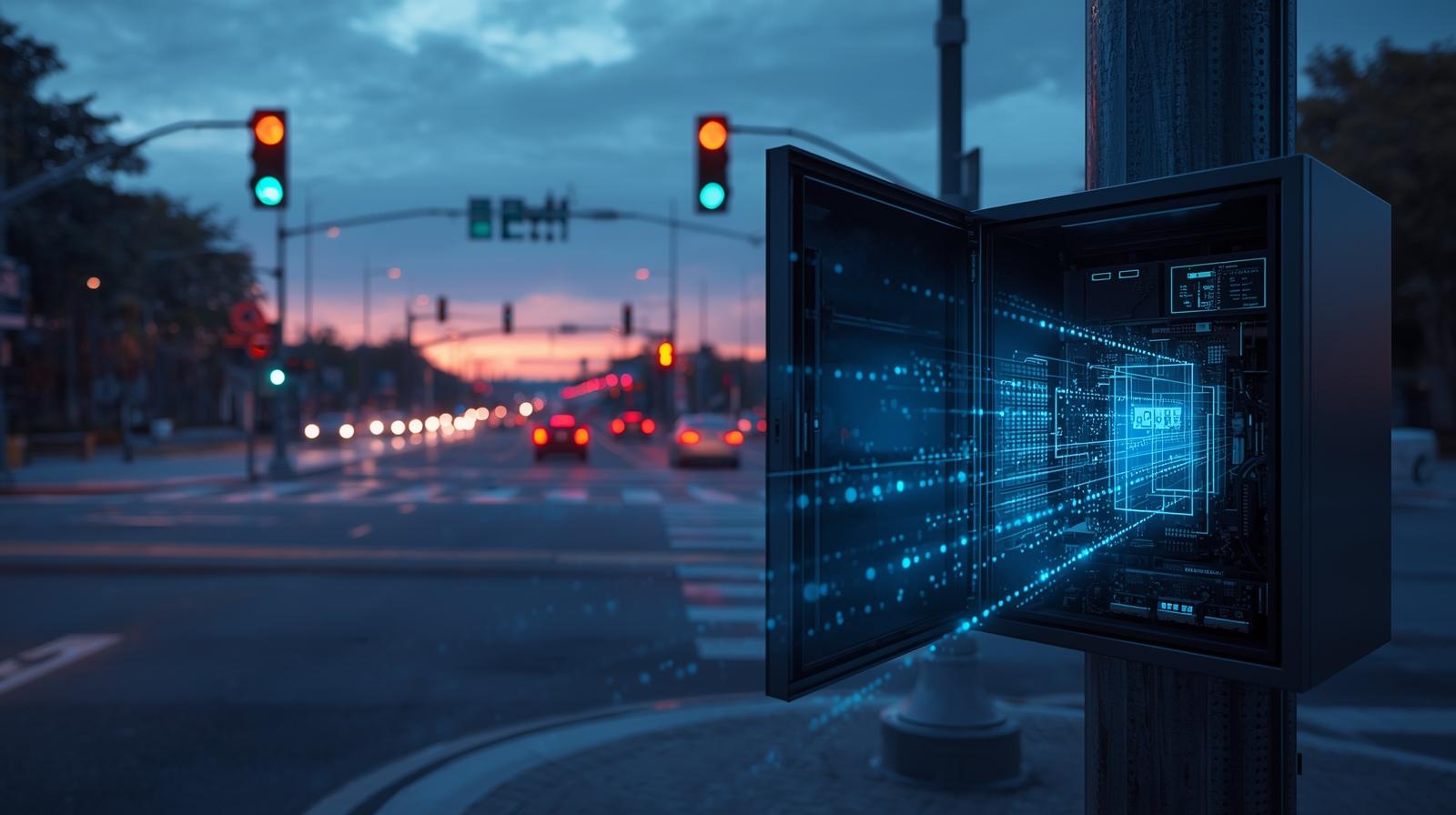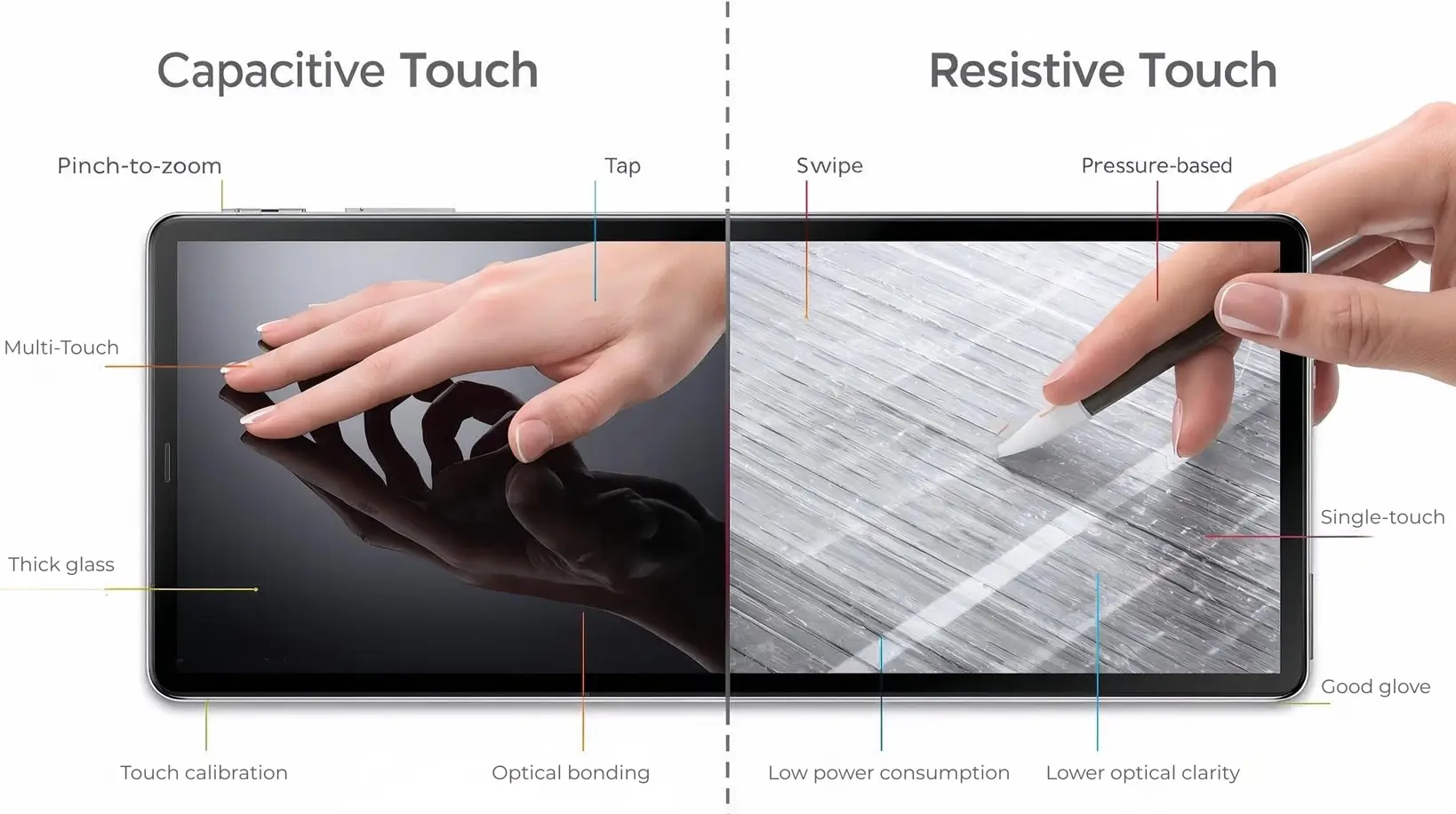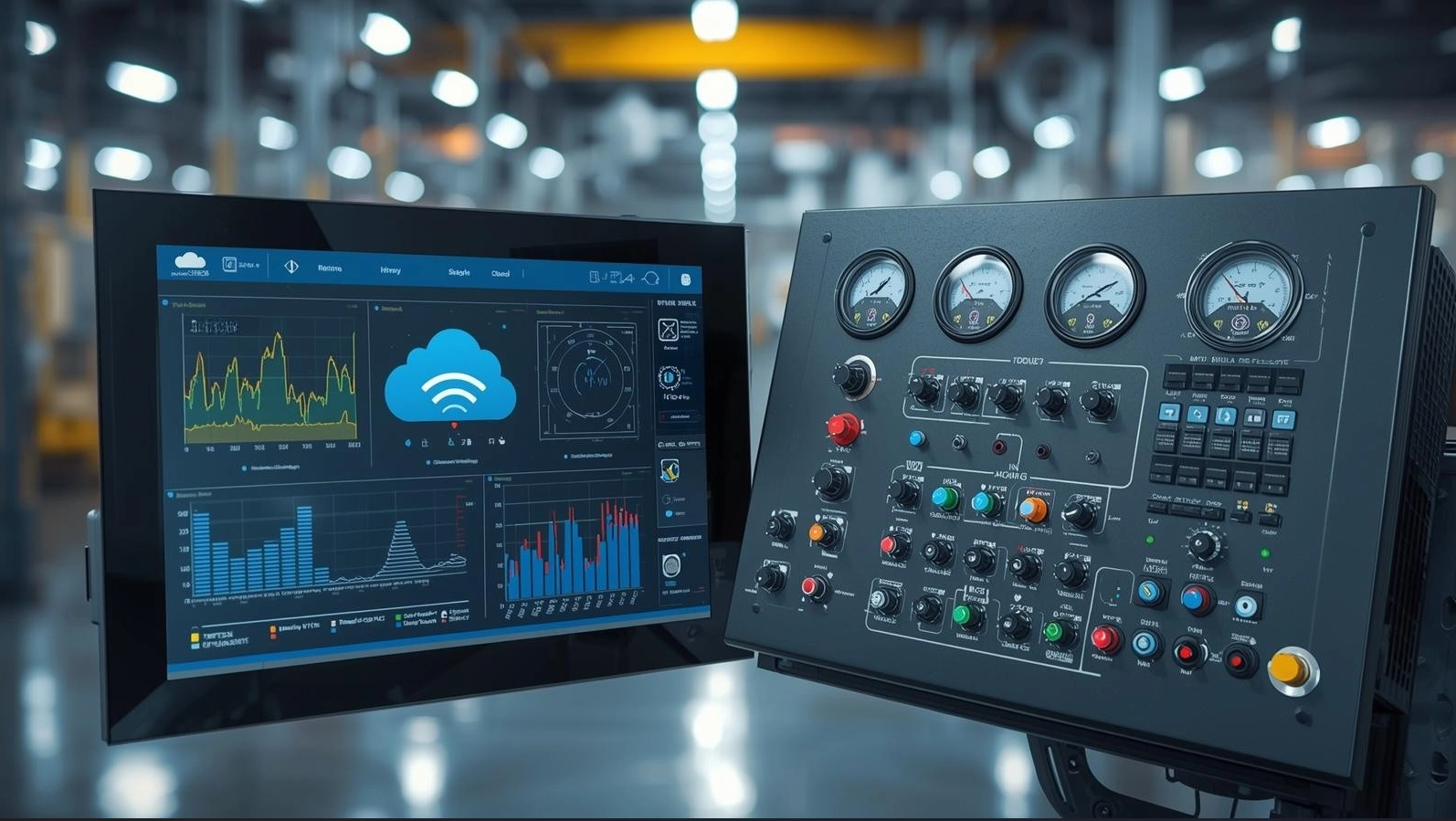Smart City Trends and the Rise of Edge Computing
Why Smart Cities Need Edge Computing
As urban environments become increasingly data-driven, streets, transit hubs, utilities, and public spaces generate massive volumes of data each moment—video feeds from surveillance cameras, sensor readings from traffic and environmental monitors, smart grid telemetry, and more. Routing all of this data exclusively to centralized cloud servers creates unavoidable challenges: high latency, bandwidth bottlenecks, and increased vulnerability to network outages.
Enter edge computing: a paradigm shift that processes data at or near its source rather than transmitting everything to remote data centers. By deploying intelligent devices like Box PCs closer to sensors and endpoints, smart cities gain the ability to analyze data instantly, react in real time, and reduce transmission requirements.
Summary of key advantages:
| Edge Computing Advantage | Description |
|---|---|
| Low Latency | On-site processing drastically reduces response times |
| Bandwidth Optimization | Only essential data is transmitted to the cloud |
| Enhanced Privacy | Local processing secures data by minimizing exposure |
| High Reliability | Tasks continue locally even if network connectivity fails |
This local-first intelligence is transformative for applications ranging from autonomous traffic control to emergency response, demonstrating why edge computing is indispensable in the evolution of smart cities.
Cloud vs. Edge: Why a Hybrid Architecture?
While edge computing offers real-time responsiveness and efficient data handling, centralized cloud computing remains unmatched in its ability to perform large-scale analytics, long-term storage, cross-system integration, and policy-level insights.
Smart city deployments benefit from a hybrid architecture where:
- Edge nodes (Box PCs) serve as frontline processors—accelerating mission-critical tasks and filtering data.
- The cloud provides central orchestration, historical analytics, machine learning model training, and city-wide intelligence.
For instance:
| Architecture | Core Strengths | Ideal Use Cases |
|---|---|---|
| Cloud Computing | Big data storage & deep analysis | Planning, trend forecasting, policy-making |
| Edge Computing | Real-time control & local autonomy | Intersection control, safety alerts, IoT actuation |
| Hybrid Model | Balances agility with intelligence | Integrated systems like traffic + power grid + public safety |
By leveraging this hybrid approach, smart cities secure the responsiveness of edge devices while maintaining the scalability and strategic oversight of cloud platforms.
The Role of Edge in Urban Infrastructure
Integrating edge computing into the foundational systems of city infrastructure empowers numerous urban applications:
- Traffic Control Systems: Edge-enabled intersections adjust signal timing dynamically based on real-time vehicle flow.
- Smart Grid & Energy Management: Edge devices interpret load data on-site to optimize distribution and integrate renewable sources.
- Urban Surveillance & Safety: AI-driven event detection (e.g., crowding, intruders, accidents) runs locally and triggers rapid response without streaming everything to the cloud.
- Adaptive Street Lighting: Edge nodes dim or brighten lights in response to actual pedestrian or vehicle presence, saving energy.
These systems transform the urban landscape from passive infrastructure into responsive, intelligent systems, with Box PCs as the computing core.
Box PC as Edge Computing’s Strategic Core
Fanless Design & Industrial-Grade Reliability
Box PCs—industrial embedded computers enclosed in rugged, often metal casings—are built for durability. Their fanless, passive cooling design minimizes moving parts and maintenance challenges, while robust chassis materials serve double duty as heat sinks. They withstand extreme environmental conditions, such as dust-laden outdoor cabinets, strong vibrations, and extreme temperature ranges.
Standard features include:
- Operating temperatures from –25 °C to +60 °C (or wider)
- IP65 to IP67 rating for dust and water resistance
- Compliance with MIL-STD-810G for shock and vibration protection
This design makes Box PCs ideally suited to harsh smart city deployments where reliability is non-negotiable.
Rich I/O Interfaces for System Integration
Smart city use cases require edge devices to interface with a wide variety of sensors, networks, and control systems. Box PCs deliver flexibility through extensive I/O including:
- Multiple Ethernet ports (some PoE-enabled)
- Serial ports (RS-232, RS-422, RS-485)
- Digital I/O (GPIO)
- Fieldbus compatibility (CAN Bus, Modbus, etc.)
- Expansion slots like M.2 or Mini PCIe for adding 4G/5G, Wi-Fi, or AI modules
This diverse connectivity ensures seamless integration in setups ranging from traffic signal cabinets to building automation systems.
AI-Ready: Supports GPU, TPU, and AI Module Expansion
Modern Box PCs go beyond simple data collection—they’re designed for on-device AI inference. They accommodate AI accelerators such as:
- NVIDIA Jetson modules
- Intel Movidius (OpenVINO)
- Google Coral (Edge TPU)
- Dedicated GPU cards or AI TPUs via expansion slots
These additions enable real-time image analysis, behavior recognition, anomaly detection, and more—avoiding the need to send raw video feeds to the cloud.
Edge AI deployments are widely proven in scenarios like surveillance, traffic analytics, and energy anomaly detection.
Real-World Deployments: Box PC in Smart City Scenarios
Smart Traffic: Vehicle Detection and Signal Optimization
Box PCs serve critical roles in traffic systems:
- Deployed within signal cabinets or transit control nodes
- Analyze live video and sensor inputs to detect vehicles
- Adjust signal sequencing dynamically based on real-time traffic patterns
- Continue operating autonomously in case of network failure
Key values include lower congestion, higher safety, and rapid local decision-making. Smart intersections around the world now act as intelligent nodes, adapting immediately to changing vehicle flow.
Smart Energy: Substation and Smart Meter Edge Analytics
In smart grid settings, Box PCs:
- Collect data from sensors and meters via Modbus or CAN Bus
- Perform initial data processing and anomaly detection locally
- Help redistribute load based on live conditions
- Reduce cloud reliance and bandwidth consumption
This local computing lens ensures both efficiency and rapid fault detection in energy-critical infrastructure.
City Safety: AI Surveillance and Event Alerts
Box PCs are increasingly deployed in stations, malls, and high-traffic urban zones with AI surveillance tasks:
- Perform facial recognition, intrusion detection, or crowd behavior analysis in real time
- Trigger alerts (e.g. for loitering, intrusion, falls) instantly
- Enhance data privacy and reduce transmitted video data
Edge AI devices have demonstrated over 95% detection accuracy in real-world smart parking systems, underscoring their reliability in safety-critical applications.
Key Selection Criteria for Box PCs
Aligning I/O & Expansion with Deployment Needs
Choosing the right Box PC starts by mapping interface requirements against deployment goals:
| Deployment Scenario | Required Interfaces |
|---|---|
| Traffic Junction Control | PoE Ethernet, serial ports, digital I/O |
| Building Automation | CAN Bus, Modbus, GPIO |
| Energy Management | USB, serial, M.2 expansion |
Key decision factors include availability of expansion slots for connectivity modules, AI accelerators, or storage enhancements.
Assessing Environmental & Ruggedization Features
Outdoor or harsh indoor settings demand strict compliance with environmental specs:
| Feature | Recommended Spec |
|---|---|
| Operating Temperature | –20 °C to +70 °C or beyond |
| Ingress Protection | IP65 or higher |
| Mechanical Robustness | MIL-STD-810G shock/vibration compliance |
| Electromagnetic Immunity | CE / FCC Class A/B, EMC ratings |
These ensure the Box PC operates faultlessly, despite dust, vibration, temperature extremes, or electrical interference.
Certifications & Long-Term Supply Assurance
Smart city infrastructure projects demand durability and ongoing availability:
- 5–7 years of product supply commitment
- Global safety certifications: UL, CE, FCC, CCC
- Manufacturer support: remote diagnostics, OTA firmware updates, customization
These considerations mitigate risk and support procurement continuity over lengthy deployments.
Frequently Asked Questions (FAQ)
Can Box PCs Support AI Inference on Edge?
Absolutely. Modern Box PCs are built to support AI workloads:
- Expansion capabilities via M.2 or Mini PCIe for AI accelerators
- Compatibility with Jetson, Movidius, Edge TPU modules
- Integrations with frameworks like TensorRT and OpenVINO
They enable localized AI functioning for tasks such as facial recognition, license plate identification, and behavioral analysis.
How to Properly Deploy Box PCs Outdoors?
For deployment in outdoor environments:
| Consideration | Recommended Approach |
|---|---|
| Housing | IP65/IP67-rated enclosures for water/dust resistance |
| Cooling | Fanless design with efficient aluminum heat sink |
| Power Supply | Wide-range DC input (e.g. 9–36 V) with protection |
| Mounting Options | Flexible—wall, DIN rail, or VESA mounting |
Optional accessories like UPS modules or solar-charging systems enhance resilience in remote locations.
How Do Box PCs Differ from Traditional Embedded PCs?
| Feature | Box PC | Traditional Embedded PC |
|---|---|---|
| Expansion Flexibility | High, modular I/O, AI/comm expansions | Typically fixed, limited modularity |
| AI Capability | Supports GPUs, TPUs, Jetson, VPU modules | Rarely supports on-edge AI processing |
| Integration Versatility | Rich interface support for multiple protocols | Often tailored to specific industrial tasks |
| Target Deployment | Designed for edge AI, smart automation | Geared toward legacy automation/control systems |
Box PCs are purpose-built for modern, intelligent edge use cases, offering adaptability traditional embedded systems lack.
Recommended Box PC Products for Smart City Applications
Box PCs serve as mission-critical computing nodes in smart city environments. Our product lineup addresses the unique challenges of edge computing across transportation, energy, surveillance, and public infrastructure. Each model is built for performance, durability, and flexibility.
High-Performance AI Box PCs (GPU/TPU Supported)
Ideal for AI-intensive tasks such as:
- Smart surveillance centers
- Public safety analytics
- Traffic management hubs
Key Features:
| Specification | Details |
|---|---|
| Processor | Intel® Core™ or NVIDIA® Jetson™ platforms |
| AI Support | Compatible with NVIDIA RTX / Jetson, VPU/TPU |
| Expansion Options | M.2 / Mini PCIe for AI and connectivity mods |
| I/O Interfaces | Multiple USB, PoE LAN ports, serial ports |
| Unique Benefit | Real-time AI inference, modular architecture |
Fanless Industrial Box PCs (Rugged Design)
Engineered for harsh environments like:
- Outdoor traffic enclosures
- Industrial sites
- Utility substations
Key Features:
| Specification | Details |
|---|---|
| Cooling | Fanless with full-metal heat sink casing |
| Temperature Range | –40 °C to +70 °C |
| Power Input | Wide-range (9–36 V) DC input |
| Mounting Options | Supports DIN rail, wall, or VESA mount |
| Certifications | CE, FCC, EMC, MIL-STD-810G |
IoT Gateway Box PCs with Protocol Support
Perfect for building automation, power monitoring, and multi-device communication.
Key Features:
| Specification | Details |
|---|---|
| Communication | RS-232/422/485, Modbus, CAN Bus, DI/DO |
| Wireless Expansion | Wi-Fi, 4G/5G, LoRa modules supported |
| Storage | High-capacity eMMC + SSD support |
| OS Compatibility | Linux, Ubuntu, Windows; Docker-ready |
| Unique Benefit | Low power, high connectivity, ideal for IoT edge |
📞 Need help selecting the right Box PC?
Our technical team is ready to assist with customized recommendations, integration planning, and pre-sales support tailored to smart city deployments. Contact us.



